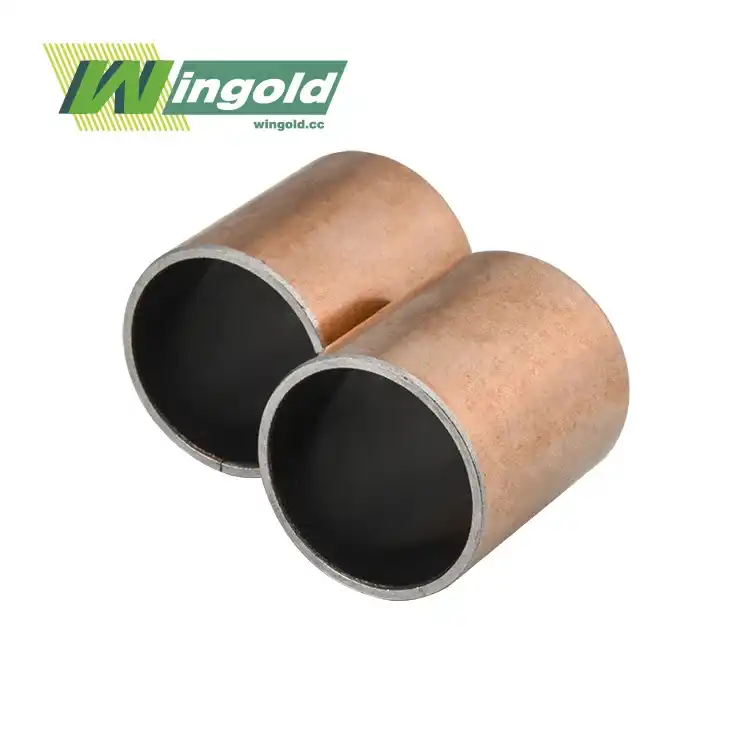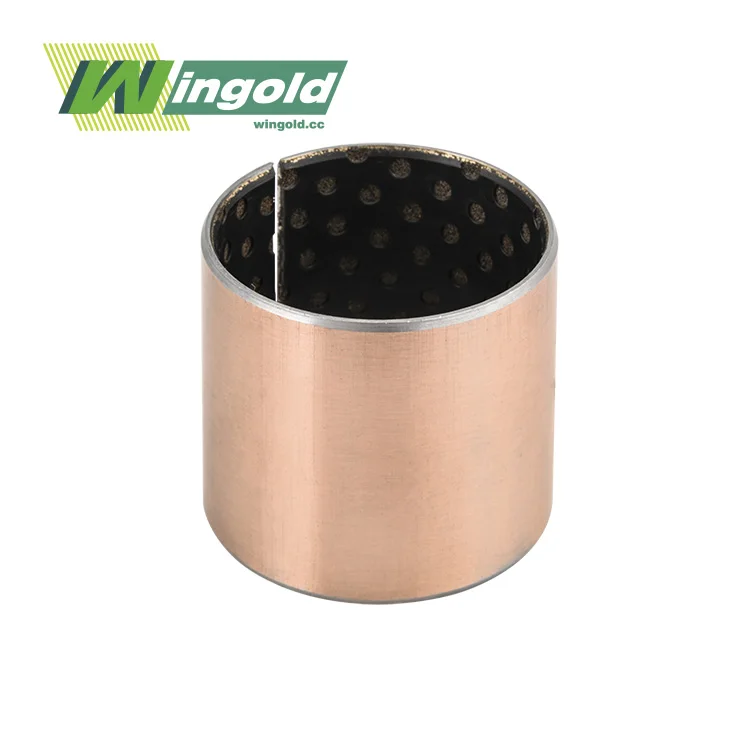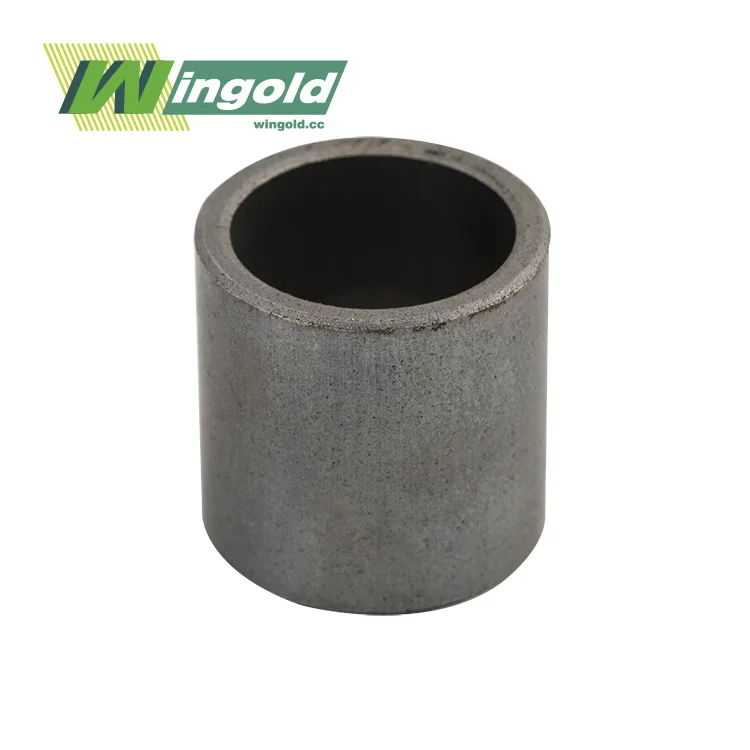- English
- French
- German
- Portuguese
- Spanish
- Russian
- Japanese
- Korean
- Arabic
- Greek
- German
- Turkish
- Italian
- Danish
- Romanian
- Indonesian
- Czech
- Afrikaans
- Swedish
- Polish
- Basque
- Catalan
- Esperanto
- Hindi
- Lao
- Albanian
- Amharic
- Armenian
- Azerbaijani
- Belarusian
- Bengali
- Bosnian
- Bulgarian
- Cebuano
- Chichewa
- Corsican
- Croatian
- Dutch
- Estonian
- Filipino
- Finnish
- Frisian
- Galician
- Georgian
- Gujarati
- Haitian
- Hausa
- Hawaiian
- Hebrew
- Hmong
- Hungarian
- Icelandic
- Igbo
- Javanese
- Kannada
- Kazakh
- Khmer
- Kurdish
- Kyrgyz
- Latin
- Latvian
- Lithuanian
- Luxembou..
- Macedonian
- Malagasy
- Malay
- Malayalam
- Maltese
- Maori
- Marathi
- Mongolian
- Burmese
- Nepali
- Norwegian
- Pashto
- Persian
- Punjabi
- Serbian
- Sesotho
- Sinhala
- Slovak
- Slovenian
- Somali
- Samoan
- Scots Gaelic
- Shona
- Sindhi
- Sundanese
- Swahili
- Tajik
- Tamil
- Telugu
- Thai
- Ukrainian
- Urdu
- Uzbek
- Vietnamese
- Welsh
- Xhosa
- Yiddish
- Yoruba
- Zulu
Sleeve Bearings: Using Composites for Superior Durability
In the world of industrial machinery and equipment, the importance of reliable, long-lasting components cannot be overstated. Among these critical parts, composite sleeve bearings have emerged as a game-changing solution, offering unparalleled durability and performance across a wide range of applications. This article delves into the world of composite sleeve bearings, exploring their benefits, applications, and why they're becoming the go-to choice for engineers and manufacturers worldwide.

Understanding Composite Sleeve Bearings
Composite sleeve bearings represent a significant advancement in bearing technology. These innovative components combine the strength of traditional metal bearings with the low-friction properties of advanced polymer materials. The result is a bearing that offers superior durability, reduced maintenance requirements, and improved overall performance.
The Structure of Composite Sleeve Bearings
Composite sleeve bearings typically feature a multi-layer structure:
- A steel backing for structural integrity and load-bearing capacity
- A porous bronze layer that acts as a connector and assists in friction reduction
- A PTFE-based sliding layer that provides excellent wear resistance and self-lubrication properties
This unique composition allows composite sleeve bearings to outperform traditional bearings in many aspects, making them an ideal choice for demanding applications.
Key Advantages of Composite Bearings
The use of composite materials in sleeve bearings offers several significant advantages:
- Self-lubrication: The PTFE layer eliminates the need for external lubrication, reducing maintenance costs and environmental impact.
- High load capacity: The steel backing and bronze layer provide excellent load-bearing capabilities.
- Low friction: The PTFE sliding surface ensures smooth operation with minimal friction.
- Wear resistance: The composite structure offers superior resistance to wear and tear, extending the bearing's lifespan.
- Temperature resistance: Many composite bearings can operate effectively across a wide temperature range.
These advantages make composite sleeve bearings an attractive option for various industries seeking to improve equipment performance and reduce maintenance costs.
Applications of Composite Sleeve Bearings
The versatility and durability of composite sleeve bearings have led to their adoption across numerous industries and applications. Let's explore some of the key areas where these bearings are making a significant impact.
Automotive Industry
In the automotive sector, composite sleeve bearings are increasingly used in various components, including:
- Steering systems
- Suspension systems
- Transmission systems
- Engine components
The self-lubricating properties of composite bearings make them ideal for these applications, reducing the need for regular maintenance and ensuring smooth operation over extended periods.
Aerospace and Defense
The aerospace and defense industries demand components that can withstand extreme conditions while maintaining precise performance. Composite sleeve bearings excel in this environment, finding use in:
- Aircraft control systems
- Landing gear
- Helicopter rotor systems
- Missile guidance systems
The high load capacity and temperature resistance of composite bearings make them well-suited for these challenging applications.
Industrial Machinery
In the realm of industrial machinery, composite sleeve bearings are revolutionizing equipment design and performance. They are commonly used in:
- Hydraulic and pneumatic systems
- Conveyor systems
- Packaging machinery
- Printing presses
The durability and low maintenance requirements of composite bearings contribute to increased uptime and reduced operating costs for industrial equipment.
Choosing the Right Composite Sleeve Bearing
Selecting the appropriate composite sleeve bearing for a specific application requires careful consideration of several factors. Engineers and designers must take into account various parameters to ensure optimal performance and longevity.
Load Capacity and Operating Conditions
When choosing composite sleeve bearings, it's crucial to consider
- The maximum load the bearing will need to support
- The type of load (static, dynamic, or shock loads)
- Operating speed and frequency of movement
- Environmental factors such as temperature, humidity, and exposure to chemicals
Reputable sleeve bearing manufacturers can provide detailed specifications and guidance to help select the right bearing for specific operating conditions.
Size and Dimensional Considerations
Composite sleeve bearings are available in a wide range of sizes and configurations. Key dimensions to consider include:
- Inner diameter
- Outer diameter
- Length
- Wall thickness
Many sleeve bearing manufacturers offer custom sizing options to ensure a perfect fit for unique applications.
Material Selection
While the basic structure of composite sleeve bearings remains consistent, variations in materials can affect performance characteristics. Considerations for material selection include:
- The specific composition of the PTFE layer for optimized friction properties
- Bronze alloy selection for enhanced load-bearing capacity
- Steel backing grade for structural integrity
Consulting with experienced composite bearing suppliers can help in selecting the ideal material combination for specific requirements.
Maintenance and Care of Composite Sleeve Bearings
One of the key advantages of composite sleeve bearings is their low maintenance requirements. However, proper care can further extend their lifespan and ensure optimal performance.
Installation Best Practices
Proper installation is crucial for the longevity and performance of composite sleeve bearings:
- Ensure clean and properly sized housing
- Use appropriate tools to avoid damage during installation
- Follow manufacturer guidelines for press-fit tolerances
- Verify correct alignment after installation
Many sleeve bearing manufacturers provide detailed installation instructions or offer technical support to ensure correct installation.
Monitoring and Inspection
Regular monitoring can help identify potential issues before they lead to failure:
- Periodically check for signs of wear or damage
- Monitor for unusual noise or vibration
- Inspect surrounding components for any impact on bearing performance
- Keep records of operating conditions and any observed changes
Implementing a proactive maintenance strategy can significantly extend the life of composite sleeve bearings and prevent unexpected downtime.
Cleaning and Protection
While composite sleeve bearings are designed to operate in challenging environments, proper care can enhance their performance:
- Keep bearings clean and free from debris
- Protect bearings from excessive contamination when possible
- If cleaning is necessary, use appropriate solvents that won't damage the PTFE layer
- Avoid using compressed air for cleaning, as it can force contaminants deeper into the bearing
By following these simple maintenance practices, users can maximize the benefits of their composite sleeve bearings and ensure long-term reliable operation.
The Future of Composite Sleeve Bearings
As technology continues to advance, the future looks bright for composite sleeve bearings. Ongoing research and development efforts are focused on further improving their performance and expanding their applications.
Emerging Technologies and Materials
Innovations in material science are opening new possibilities for composite bearings:
- Advanced polymer blends for enhanced wear resistance and lower friction
- Nano-materials for improved load-bearing capacity and heat dissipation
- Smart materials that can adapt to changing operating conditions
These developments promise to extend the capabilities of composite sleeve bearings, making them suitable for an even wider range of applications.
Sustainability and Environmental Considerations
As industries increasingly focus on sustainability, composite sleeve bearings are well-positioned to meet these demands:
- Self-lubricating properties reduce the need for environmentally harmful lubricants
- Extended lifespan contributes to reduced waste and resource consumption
- Potential for using recycled materials in bearing production
The eco-friendly attributes of composite bearings align well with global efforts to reduce environmental impact across industries.
Integration with Smart Technologies
The integration of composite sleeve bearings with smart technologies is an exciting area of development:
- Embedded sensors for real-time performance monitoring
- Integration with predictive maintenance systems
- Adaptive bearings that can adjust their properties based on operating conditions
These advancements could revolutionize how bearings are used and maintained in various applications.
Conclusion
Composite sleeve bearings represent a significant advancement in bearing technology, offering superior durability, performance, and versatility across a wide range of applications. Their unique structure, combining the strength of metal with the low-friction properties of advanced polymers, makes them an ideal choice for demanding industrial environments. As technology continues to evolve, composite bearings are poised to play an increasingly important role in machinery and equipment design, contributing to improved efficiency, reduced maintenance costs, and enhanced sustainability.
Experience the Wingold Advantage in Composite Bearings
At Wingold Bearing, we pride ourselves on delivering cutting-edge composite sleeve bearings that meet the highest standards of quality and performance. Our extensive range of products, including flanged, sleeve, thrust washer, slide pad, plain, and skateboard bearings, is designed to cater to diverse industrial needs. With our state-of-the-art manufacturing facilities and rigorous quality control processes, we ensure that every bearing we produce meets or exceeds industry standards. Experience the Wingold difference - where innovation meets reliability. For inquiries or to discuss your specific bearing requirements, contact us at info@wingold.cc.
Frequently Asked Questions
Q: What makes composite sleeve bearings different from traditional bearings?
A: Composite sleeve bearings combine a metal backing with a low-friction polymer layer, offering superior wear resistance and self-lubricating properties.
Q: Are composite bearings suitable for high-temperature applications?
A: Yes, many composite bearings can operate effectively in temperatures ranging from -40°C to +280°C.
Q: Do composite sleeve bearings require lubrication?
A: Most composite bearings are self-lubricating, eliminating the need for external lubrication in many applications.
Q: What industries commonly use composite sleeve bearings?
A: Composite bearings are widely used in automotive, aerospace, industrial machinery, and many other sectors requiring durable, low-maintenance components.
References
1. Johnson, M. (2022). "Advancements in Composite Bearing Technology for Industrial Applications." Journal of Tribology, 144(3), 031801.
2. Smith, R., & Brown, T. (2021). "Comparative Analysis of Composite and Traditional Sleeve Bearings in Automotive Systems." SAE Technical Paper 2021-01-0123.
3. Patel, A. et al. (2023). "Long-term Performance Evaluation of Self-Lubricating Composite Bearings in Aerospace Applications." Wear, 502-503, 204400.
4. Liu, Y., & Zhang, X. (2020). "Recent Developments in Polymer Composites for Bearing Applications." Polymer Composites, 41(1), 14-31.
5. Anderson, K. (2022). "Sustainability Impact of Composite Bearings in Industrial Machinery." Journal of Cleaner Production, 330, 129751.
Learn about our latest products and discounts through SMS or email



